 Oaklawn Reopening
Oaklawn Reopening
Entry Type: Event - Starting with O
 Oaklawn Reopening
Oaklawn Reopening
 Oats Lynching Article
Oats Lynching Article
Oats, Presley (Lynching of)
Oil Town Festival
Oil Trough Bottom, Skirmish at
Okolona, Skirmishes at
aka: Battle of the Bees
Old Folks’ Singing
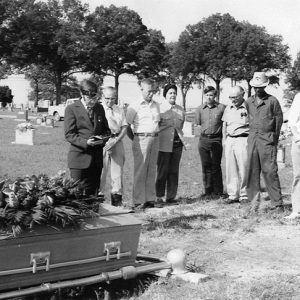 Old Mike's Funeral
Old Mike's Funeral
 Old Post Park
Old Post Park
Old River Lake, Engagement at
aka: Engagement at Ditch Bayou
aka: Engagement at Lake Chicot
aka: Engagement at Lake Village
aka: Engagement at Furlough
aka: Engagement at Fish Bayou
aka: Engagement at Grand Lake
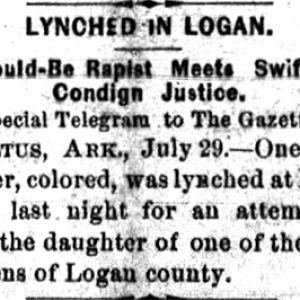 Dan Oliver Lynching Article
Dan Oliver Lynching Article
Oliver, Dan (Lynching of)
Olyphant Train Robbery
 Operation Dominic
Operation Dominic
Operation Iraqi Freedom
 Operators Strike Article
Operators Strike Article
Orient Ferry, Skirmish at
aka: Skirmish at Paroquet Bluff
Orton, Mat (Lynching of)
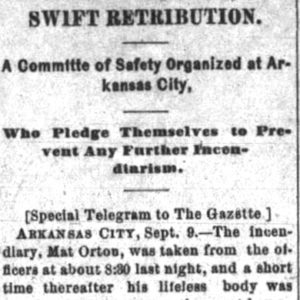 Mat Orton Lynching Article
Mat Orton Lynching Article
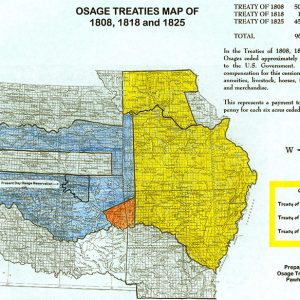 Osage Treaties
Osage Treaties
Osage Branch of the Kings River, Affair on the
Osceola, Skirmish at
Owen, Hurley (Lynching of)
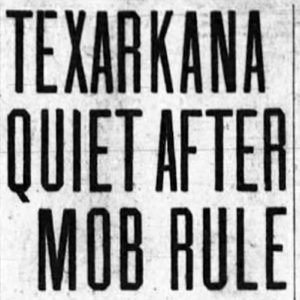 Owen Lynching Article
Owen Lynching Article
 Owen Lynching Article
Owen Lynching Article
Owens, Henry (Reported Lynching of)
Owens, William (Execution of)
Oxford Bend, Action at
aka: Action at McGuire's
Ozark Arts and Crafts Fair
aka: War Eagle Fair
Ozark Foothills FilmFest
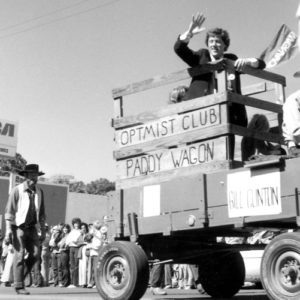 Ozark Frontier Trail Festival
Ozark Frontier Trail Festival
Ozark Golden Wedding Jubilee
 Ozark Mountain Folk Fair
Ozark Mountain Folk Fair
 Ozark Mountain Folk Fair Audience
Ozark Mountain Folk Fair Audience




